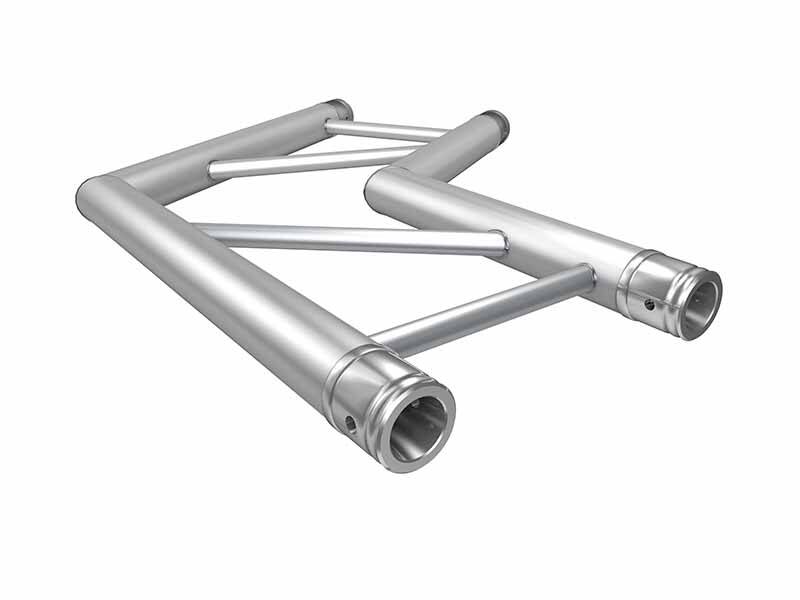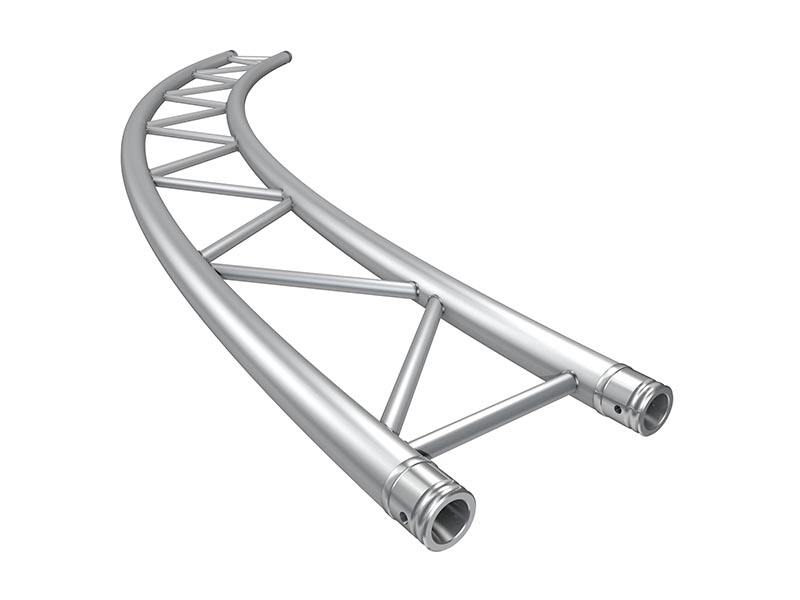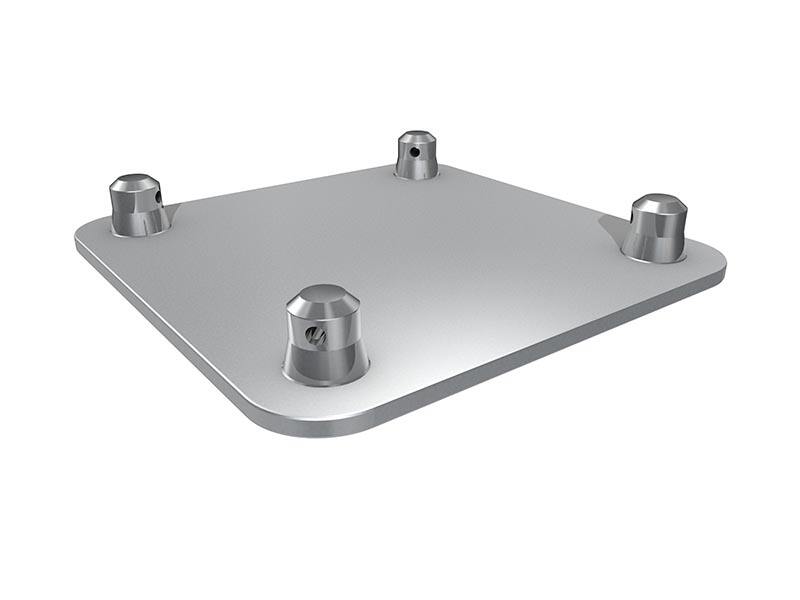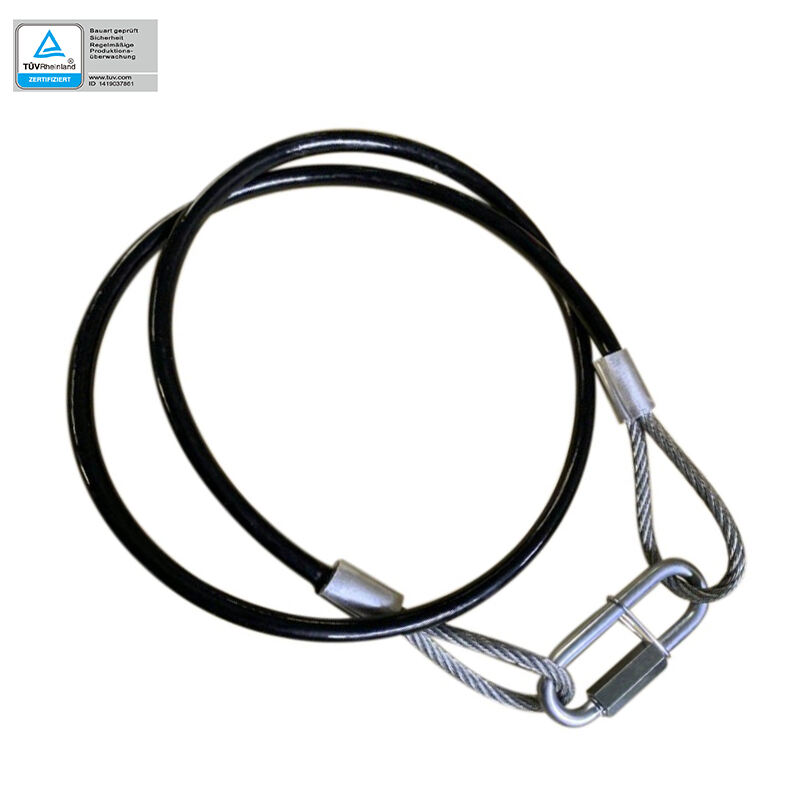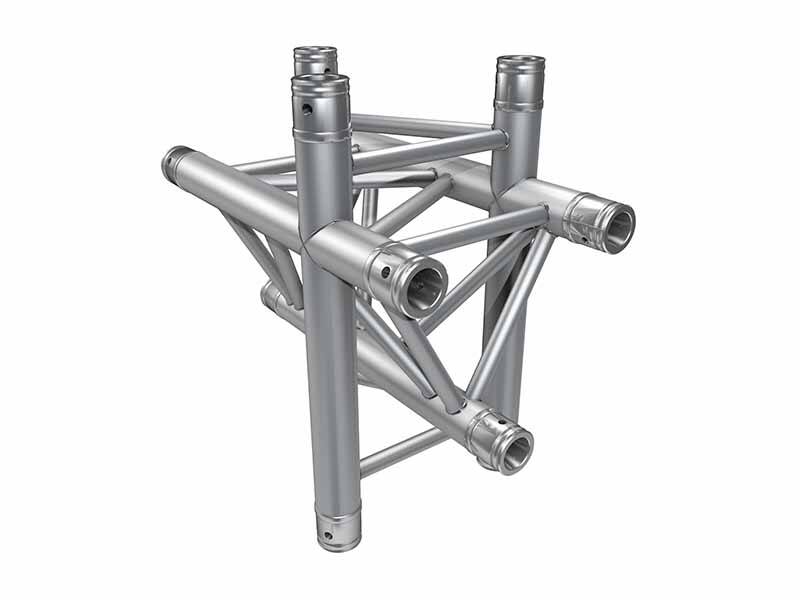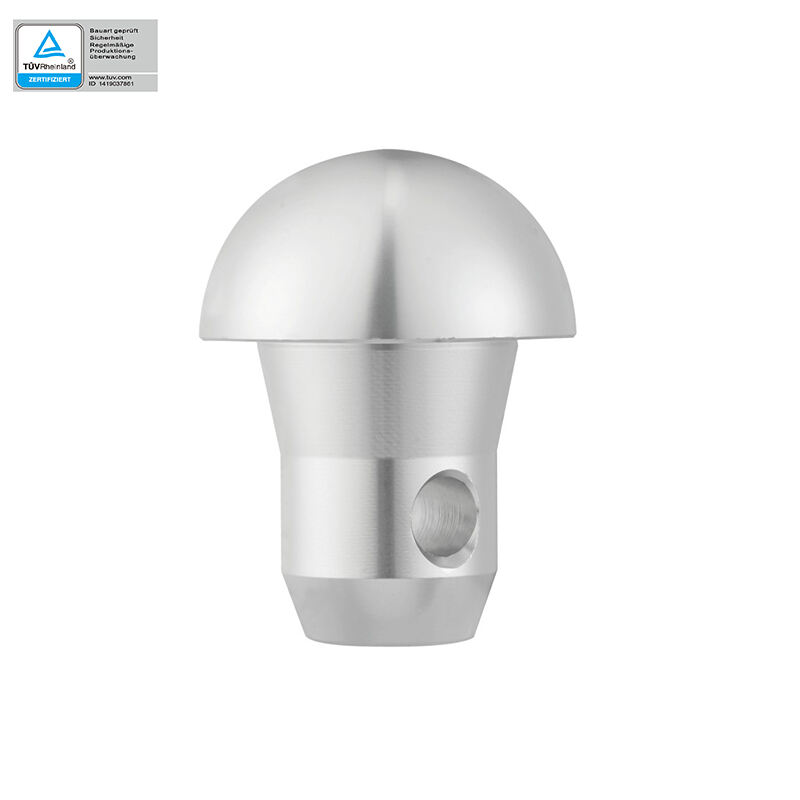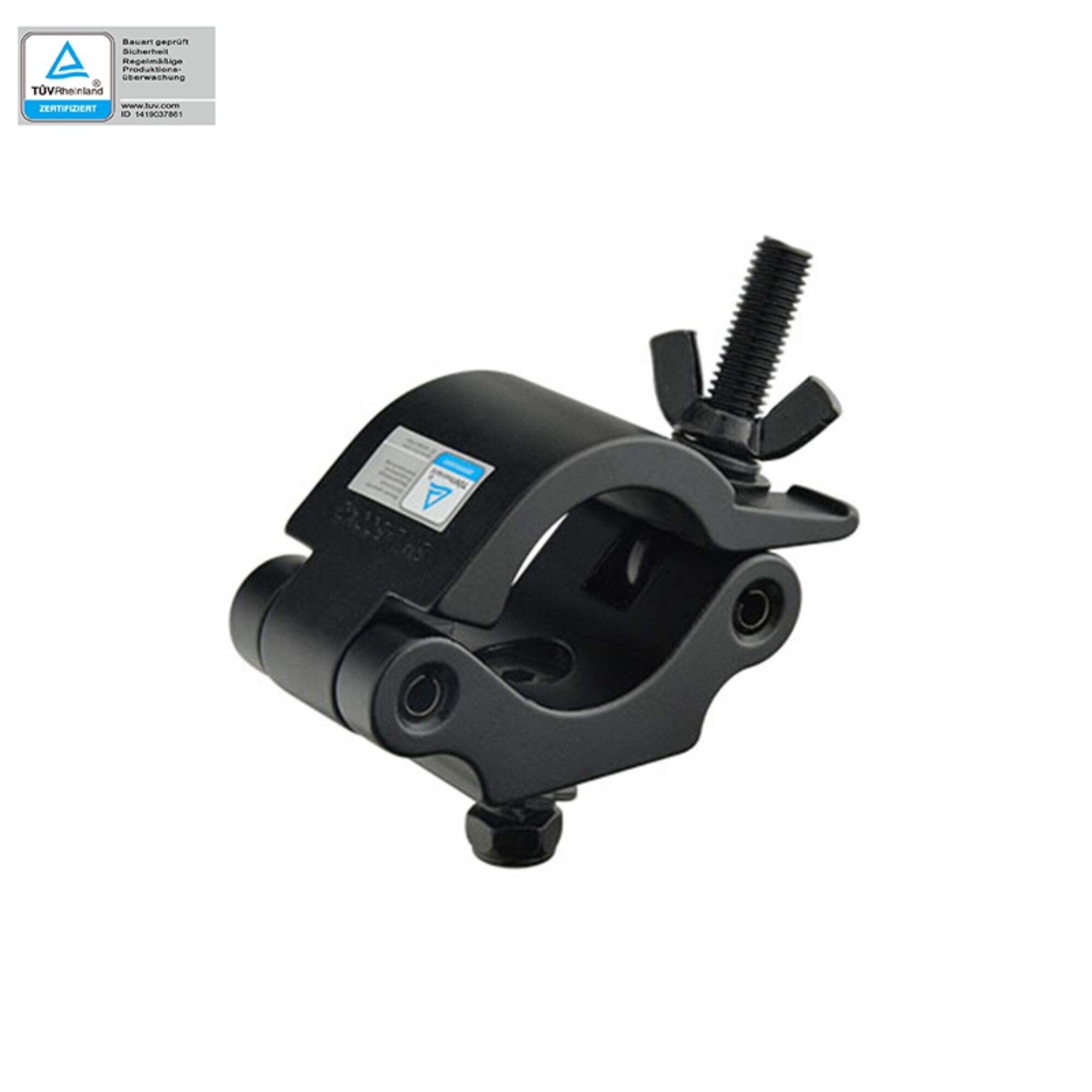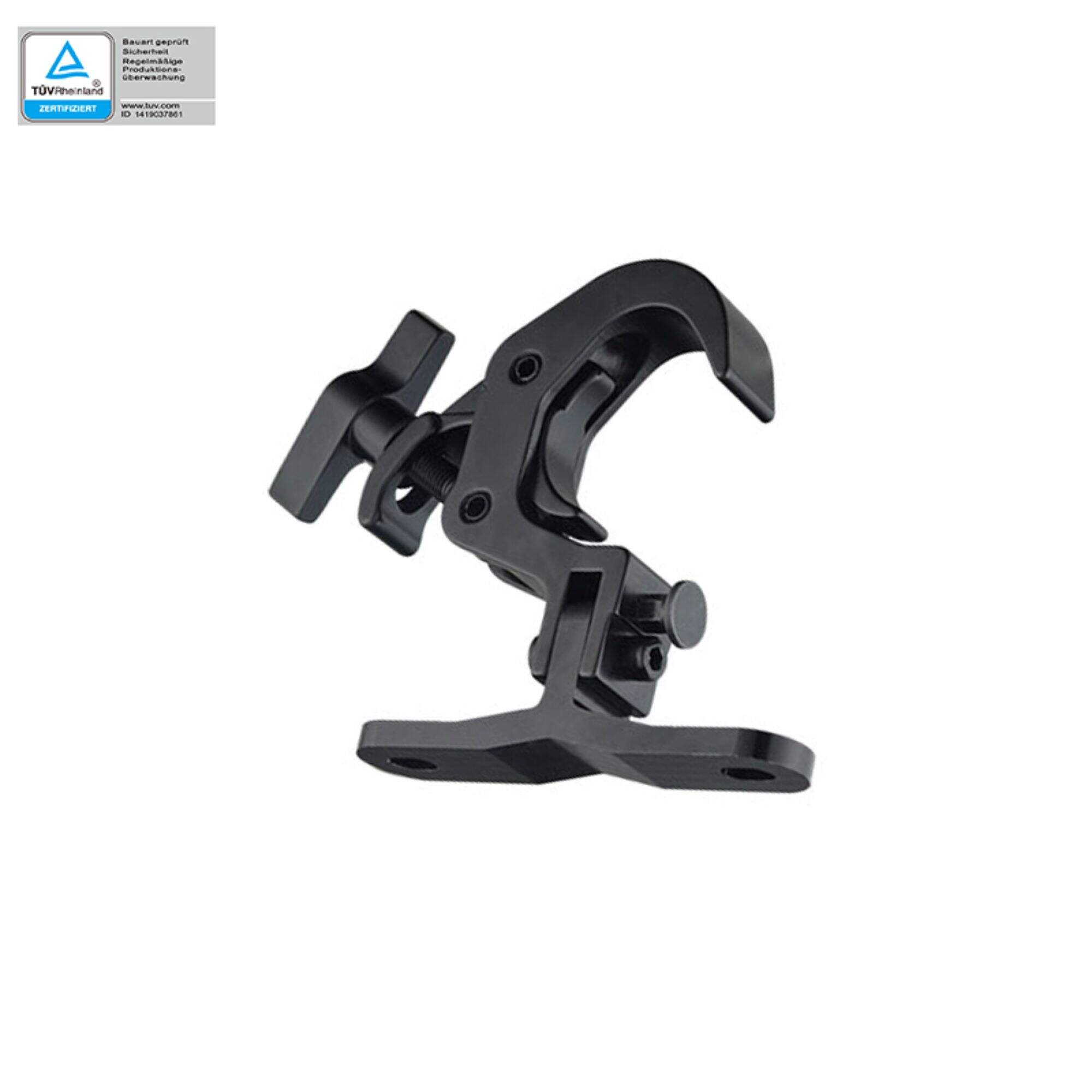Installation and debugging skills of stage trusses
Understanding Stage Trusses
Stage trusses basically hold everything together at events, acting as the main support structure for all the gear on stage and overhead lighting systems. Most often made from strong aluminum alloy, these frameworks need to take serious weight without buckling, but still have to be moved around and rearranged when needed. The reason aluminum is so popular among professionals? It's light enough for crews to handle during setup, yet tough enough to last through countless shows. We see them everywhere from small concerts to massive festivals, sometimes staying in place for months straight. When properly installed, they safely carry those heavy LED panels, speaker arrays, and even entire rigging systems without any problems.
Stage trusses are absolutely critical for any event setup because they provide that extra layer of structural strength needed to keep everyone safe from stage to front row. What makes them so valuable is their flexibility – event planners can configure them in countless ways depending on what the show requires, whether it's a small club gig or massive concert venue. These metal frameworks hold all those lights and speakers in place without wobbling around during performances, which means audiences get to enjoy shows without worrying about equipment falling apart mid-song. When riggers install proper safety gear like steel cables, heavy duty base plates, and locking clamps specifically designed for stage lighting, that adds another level of protection against accidents. Most experienced technicians will tell anyone willing to listen that investing in quality trussing components isn't just about compliance with regulations, it's about creating memorable experiences where people feel secure enough to really enjoy themselves.
Essential Installation Techniques for Stage Trusses
Getting the installation right matters a lot when it comes to stage trusses if we want them to stay stable and safe during events. The base plates are actually pretty important here because they form the actual groundwork for the whole truss system. What these metal plates do basically is spread out all that heavy weight across different points on the floor. This helps stop things from wobbling around or worse still, collapsing completely under pressure. When loads get distributed properly through those base plates, the whole framework just stays put where it should be. That's why most professionals consider these plates essential whether setting up something temporary like a concert rig or building a permanent structure at a venue. Especially at live shows where crowds move around constantly, having solid foundations makes all the difference between smooth operations and potential disasters waiting to happen.
Picking good quality aluminum trusses makes all the difference when it comes to how well structures hold up under stress. These trusses combine toughness with light weight, so they're simple to move around between gigs and set up quickly without sacrificing strength needed for lighting rigs and sound gear. The 6082-T6 grade stands out among professionals because it can handle serious loads. Stage crews know this alloy keeps things safe over time, even after repeated setups and breakdowns at different venues across town or country.
When setting up stage trusses, safety cables play a vital role as backup support in situations where the main structure might fail. These cables serve as emergency protection so that if something goes wrong with a part of the framework, the whole stage doesn't collapse. Their presence really matters for accident prevention, keeping everyone on stage and in the crowd safe from potential harm. Most professionals include these safety lines right from the start because they work well with how truss systems are built. No serious installation should ever skip this step since proper cable placement is just common sense when it comes to staging events safely.
Debugging Skills for Stage Trusses
Safety and proper function of stage trusses starts with doing comprehensive rigging and safety inspections well ahead of time for events. All parts need checking including lighting truss systems and those support cables running through everything. Make sure everything is bolted down tight and working properly. This careful approach cuts down on unexpected breakdowns during shows and keeps everyone safe while performances happen without hiccups. Don't forget regular maintenance too, particularly important when dealing with heavy gear like speaker arrays, stage lighting packages, and projection units that literally hold together how good an event looks and sounds to audiences.
Stage trusses often run into issues like being out of line or not stable enough, which can really mess up an event. When trusses aren't aligned properly, the whole structure becomes vulnerable. Tech crews need to get those base plates installed right away to keep things steady and spread the weight evenly across all points, so nothing tips over during setup. Also worth mentioning is checking every connection point twice before locking them down. Quality matters too - going with solid aluminum truss systems makes sense because they hold up well without adding unnecessary bulk. Teams that catch these issues early on and fix them fast tend to have much smoother operations when putting together events.
Optimal Usage of Lighting Truss Systems
Adding clamp-on lighting to truss systems gives event planners a smart way to mount their lights while getting both stability and the ability to move things around as needed. The clamps make it simple to tweak positions between shows, so lights stay put on the truss without bouncing around during performances. Event crews love this because they can set up different looks depending on what the venue needs. A small theater might want spotlight arrangements one night and washes across the stage another evening. The flexibility really matters when trying to create just the right mood or highlight specific areas of interest for audiences.
Getting the most out of light placement requires thinking about a few important things. The angle at which lights hit the stage matters a lot for visibility and setting the right mood. Some setups work better when lights are positioned high above while others need lower angles to highlight certain areas. Adjusting these positions creates different effects depending on what kind of atmosphere we want during performances. Also worth noting is how far away lights should be placed from the actual stage area. If they're too close, they might distract from what's happening down below instead of supporting it visually. A good rule of thumb is to spread them out across multiple points so no single spot gets too bright or dark. When everything comes together properly through thoughtful arrangement, audiences see better and performers feel more comfortable under the spotlight. Lighting plans really make or break events that use truss systems for mounting equipment.
Safety Protocols in Truss Installation
Safety when installing trusses starts with figuring out how much weight they can actually hold. The whole point is knowing exactly what gear needs support on those structures lighting rigs, sound systems everything that hangs from them. Makes sure none of this stuff goes over what the truss was built for. Following safety rules isn't just paperwork either. Real world experience shows that when people skip these steps, things fall apart literally sometimes during performances. For better stability, many professionals now include base plates and switch to aluminum trusses whenever possible. These changes make setups far safer without compromising strength requirements.
Safety needs to be built into all parts of truss installation from start to finish. Inspections need to happen regularly so we catch any signs of wear or damage before they become problems. The people doing the actual work also require solid training since rigging isn't simple stuff and mistakes can have serious consequences. Risk management plans matter too because things go wrong sometimes whether it's gear failing or strong winds catching everyone off guard. When companies actually implement these basic precautions, their lighting systems tend to stay intact and events run without major hiccups. Most experienced installers will tell anyone who asks that adding those extra safety cables throughout the process gives peace of mind nobody wants to lose when working at height.
Recommended Products
Hot News
-
The Application Scenarios Of Lighting Hooks And Trusses
2023-12-14
-
Market Analysis Of Lighting Hooks And Trusses
2023-12-14
-
The Essence Of Lighting Hooks And Trusses
2023-12-14
-
An In-Depth Look At Lamp Hooks And Truss Products
2023-12-14
-
Light Hooks And Truss Products: A Niche But Vital Industry
2023-12-14

 EN
EN
 AR
AR
 BG
BG
 HR
HR
 CS
CS
 DA
DA
 NL
NL
 FI
FI
 FR
FR
 DE
DE
 EL
EL
 HI
HI
 IT
IT
 JA
JA
 KO
KO
 NO
NO
 PL
PL
 PT
PT
 RO
RO
 RU
RU
 ES
ES
 SV
SV
 TL
TL
 ID
ID
 LT
LT
 SK
SK
 UK
UK
 VI
VI
 SQ
SQ
 GL
GL
 HU
HU
 TH
TH
 TR
TR
 FA
FA
 MS
MS
 GA
GA
 IS
IS
 MK
MK
 EU
EU
 KA
KA
